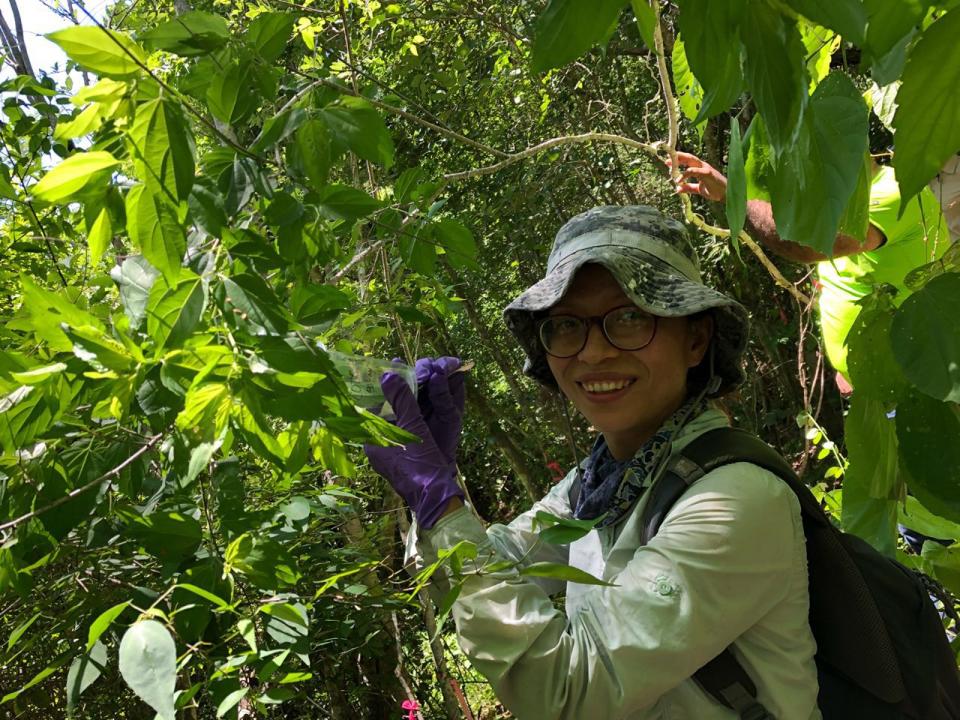‘Plants use odour camouflage tricks to avoid being eaten by insects’
Plants appear to have the upper hand in the ecological battle against insects by using odour camouflage tricks to “hide in plain sight”, scientists have found.
Trees, herbs and shrubs are known to communicate with each other by emitting odorous chemicals called volatile organic compounds (VOCs).
These smells serve as vital information to plant-eating insects – which can help them distinguish between edible and harmful plants.
But researchers have found that plants are able to fool insects by sharing many common odours across different species in the community, thus enabling them to “literally hide in plain sight”.
It means insects have to play catch-up by having to “evolve to be finer tuned” to find their food.
Professor Phil Stevenson, senior research leader at the Royal Botanic Gardens, Kew, and co-author on the study, said: “Plants produce a profuse diversity of odour compounds – the natural chemicals that make plants smell.
“For some plants, like culinary herbs, these are distinct – we can easily distinguish oregano from rosemary by decoding the information (odours) they share, and specifically distinguishing the ones that make them smell different to other plants.
“In a similar way, insect herbivores, as recorded in this study, detect odours to identify and locate suitable plants for food.
“Easily distinguished odours are to the herbivores’ advantage and plants’ disadvantage.
“So, we have an ‘information arms race’ – plants want to avoid being located and eaten so do their best to smell like other plants.
“The herbivores, on the other hand, want to find food as easily as possible so evolve to detect very minor differences in plant odours in complex plant communities.”

The scientists recorded numerous interactions between plants and herbivorous insects such as butterflies and moth caterpillars in a Mexican tropical dry forest.
They found that, in complex natural communities, plants evolve to avoid being eaten by insects by producing odours that are very similar to other smells around them – making it hard for insects to differentiate between plants.
Pengjuan Zu, post-doctoral researcher at MIT and lead author of the study, said: “Here, for the first time, we now know that all the chemicals produced by plants carry information which has an important role in chemically camouflaging plants in a complex plant community.”
She added: “Herbivores, consequently, have to evolve to be finer tuned with the information for locating specific plant hosts.”
– The research is published in the journal Science.

 Yahoo News
Yahoo News 
